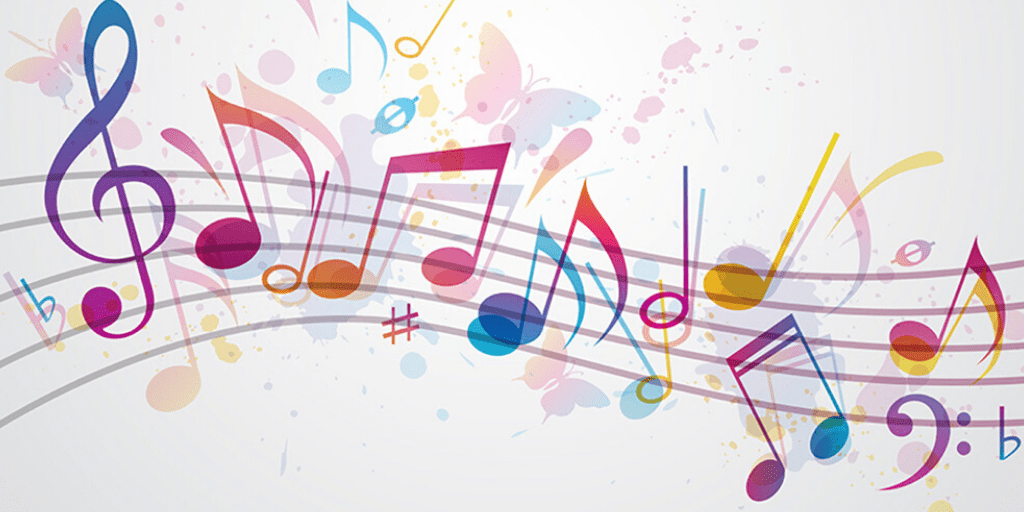Teaching English with Music: 6 Ways to Use It in Your Classes
Music is all around us. With each sound that you hear, it is already a component of music. This is why music is deemed to be forever.
Evidently, it is also seen as ageless. Whatever music each individual prefers, it established ties that know no boundaries, whether it is age or gender or other preferences.
But aside from being a universal dynamic that anyone can relate to, music also offers a lot of benefits. While many experts relate these benefits to the health and wellness aspects, it is also worth noting that music is also beneficial to the mental and emotional aspects of every individual. This is why it is preferred for young ones to be immersed in music as young as possible.
7 Ready-to-Go Spolin Improv Activities for Your Classroom
Benefits of Music to Students
Many parents today send their kids to music lessons. Whether it may be singing, piano, or guitar lessons, there is only point why they do this – to train and develop the minds of the young ones.
As it happens, music offers many benefits for the brain, along with its functions. It has been found that music can enhance cognitive functions, and even help young ones to fully develop new skills. Accordingly, these things give them the advantage to excel in schools and academe.
Aside from academic excellence through brain enhancement and development, music is also found to help students in managing stress. This is because music can be an outlet to ease the burden and other harmful things that most young people experience on a daily basis.
Some of the benefits of music also include the following:
- Relieves tension and pain
- Improves language and communication skills
- Boosts creativity and logical reasoning
- Increases focus and concentration
- Enhances capabilities to solve complex problems
- Increases productivity
With these things at hand, it is only logical why academic staff and members now include music and all of its aspects inside the classroom.
6 Ways to Teaching English with music
If you are having struggles on how to effectively incorporate music in your classroom, these six ways and tips might help:
1.Welcome Students with a Curriculum Music Video
Curriculum, whether in the form of discussion or list, is always presented inside the classroom at the start of the school year. This is because it allows the students to know the scope and limitations of the subject that they will be learning in the whole term.
When you want to incorporate music within the walls of your teaching space, you may want to start it with your curriculum. Instead of presenting the sequence in the usual paper list and open discussion, try to present more creatively, like a music video that features the curriculum of the subject.
In this way, you allow the students to be aware that music will likely be a part of the subject in the whole course.
2. Let Your Students Get Their Wiggles Out
Letting your students get their wiggles out is a very effective waking exercise before the class starts. This is also a very beneficial way to “break the ice” inside the classroom. By using music, you may create several icebreakers and activities to start the day enthusiastically and energetically.
These activities may include free-form dancing, step-by-step bubbly exercises, and dancing in partners. You may also try to include quick games that will involve music in the process.
3. Use Music to Enhance Imagination
Using music to enhance imagination is found to be very useful. As it happens, it is already established that music can boost creativity and imagination.
Using Drama to Teach English – Some Tips and Resources
You can incorporate music and this dynamic, say during art class, as the students do their respective seatworks and activities. You may play background music while they do these in the class.
4. Use Instrumental Music to Inspire Writing
In a writing class or activity, you may also utilize background music, primarily instrumental and ambient sounds. This will help the students to gain more focus and concentration with the tasks at hand.
Moreover, these kinds of music are found to help increase and improve creativity, which is a useful variable during the composition of essays, stories, paragraphs, and other forms of writing.
5. Use Music as a Collaborative Tool Among Teachers
While you may utilize music inside your classroom or during your class, this may not be enough for some students to be more immersed in your way of teaching. If this happens on your end, then you may want to launch a collaboration with the other teachers in terms of using music as a teaching tool.
You may talk or discuss your plans with the other educators. Make them aware of your ways on how you utilize music inside every class. Through collaboration, the effects and impacts on the students may increase further in the long run.
6. Celebrate Successes
In every success and achievement inside the class, every teacher, proctor, and educator should celebrate it with the rest of the class. Whether it may only involve one student or a few groups within the class, celebrate the success with the use of music.
Writing Drama for English Language Learners
You can announce or congratulate the students with their achievements while music is playing as background. You may also include activities like dancing or singing activities during the special moment.
Final Thoughts on Teaching English with English
The benefits of music to young ones are entirely on point, which can all help them in their respective ways to enjoy further their time inside the classroom.
As an educator and teacher, it may be a challenging task to teach English with Music. But even so, these simple tips and ways might help you in the long run as you impart lessons to the students while utilizing music in every step of the way.






